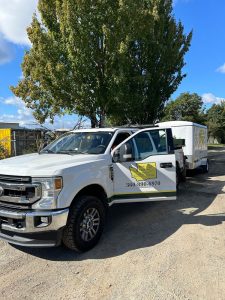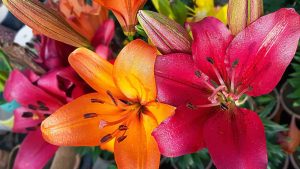If you want a lush, healthy lawn in Western Washington, regular maintenance is key. Two essential practices for improving lawn health are aeration and dethatching. These processes help alleviate soil compaction, improve water and nutrient absorption, and promote strong root growth. However, timing is crucial for the best results. Here’s when you should aerate and dethatch your lawn in Western Washington for optimal growth.
Why Aerate and Dethatch?
- Aeration involves perforating the soil with small holes to allow air, water, and nutrients to penetrate deep into the root zone. This helps relieve soil compaction, which is common in areas with heavy rainfall and frequent foot traffic.
- Dethatching removes the layer of dead grass, roots, and organic debris (thatch) that can build up on the soil surface. A thick thatch layer can prevent water, air, and nutrients from reaching the soil, leading to weak grass growth and increased susceptibility to disease.
Best Time to Aerate in Western Washington
The best time to aerate your lawn depends on the type of grass you have. Most lawns in Western Washington consist of cool-season grasses like fescue, ryegrass, and Kentucky bluegrass. These grasses thrive in cooler temperatures, making early spring and early fall the best times to aerate.
- Spring (March–April): Aerating in early spring helps prepare your lawn for the growing season by improving root development and nutrient uptake. It’s best to aerate when the soil is moist but not overly saturated.
- Fall (September–October): Fall aeration is highly beneficial as it allows the grass to recover from summer stress and strengthen its roots before winter dormancy. Aeration in the fall also helps with better water absorption, preventing excess runoff during the rainy months.
Best Time to Dethatch in Western Washington
Dethatching should be done when your grass is actively growing and can recover quickly. For cool-season grasses, the best time is in early spring or early fall.
- Spring (March–April): Light dethatching in early spring can help remove minor thatch buildup and encourage new grass growth. However, avoid aggressive dethatching at this time, as it can stress the lawn.
- Fall (September–October): This is the ideal time for a more intensive dethatching session. The moderate temperatures and increased rainfall help the grass recover faster, leading to a healthier lawn going into winter.
Pro Tips for Aerating and Dethatching
- Check the soil moisture: Aerate and dethatch when the soil is moist but not soggy. If the soil is too dry, it will be difficult to penetrate, and if it’s too wet, it can become compacted further.
- Mow before dethatching: Cutting your lawn slightly shorter than usual before dethatching makes the process more effective.
- Overseed after aeration: If your lawn has thin or patchy areas, overseeding after aeration can help establish new grass growth.
- Apply fertilizer: After aerating and dethatching, apply a balanced lawn fertilizer to encourage quick recovery and growth.
- Water properly: Keep the lawn well-watered after aerating and dethatching to support root development and minimize stress on the grass.
Conclusion
Aerating and dethatching are essential lawn care tasks for maintaining a lush, healthy yard in Western Washington. By timing these practices correctly—early spring and early fall—you can maximize their benefits and set your lawn up for year-round success. If you’re unsure about handling these tasks yourself, consider hiring a professional lawn care service to ensure the job is done right!





